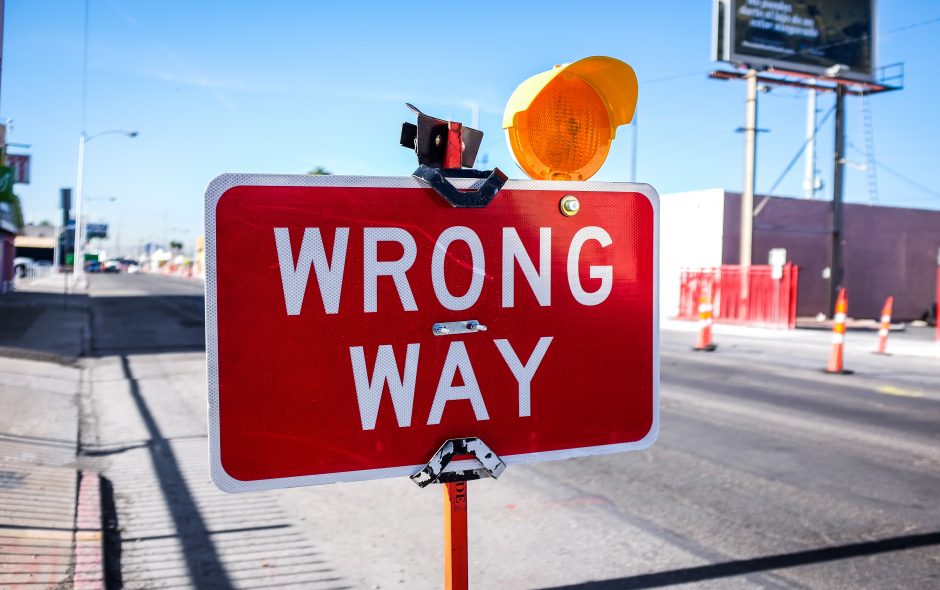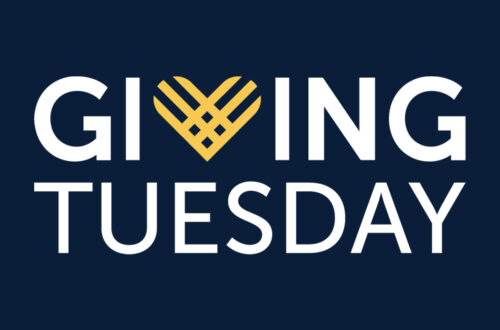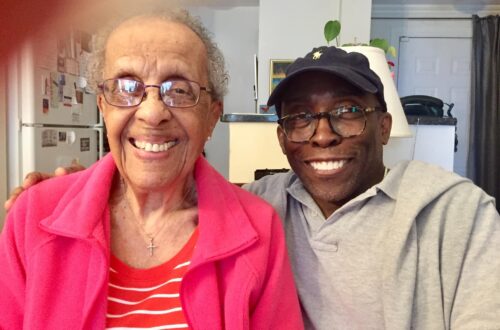We cannot solve our problems with the same thinking we used when we created them.
–Albert Einstein
Humans. We’re reactive by nature. Give me a puppy, a sweet potato pie, a lump of gold, or a month-long vacation in France, and I’ll give you a positive reaction every time. A boa constrictor, lima beans, a lump of coal in my Christmas stocking, or a fresh parking ticket will produce a reaction somewhere along the negative end of the emotional spectrum.
From the moment we’re born, we’re bombarded with people, information, and situations that elicit responses. As newborns, our responses are automatic. We don’t think about how to respond, we simply react. When babies are hungry, they cry. They don’t have the capacity to figure out the best means of getting their tummies filled, let alone an awareness of what hunger is. They simply cry. (I won’t even go into their inability to form sentences.)
By the time we’re in our teens, we’re keenly aware of our surroundings, and more importantly their impact upon us. Think back to high school, lo those many years ago. Despite our mumbled “yeahs,” “nahs,” and “idunnos,” as teenagers we all had emotional responses to just about everything that impacted our world. And that’s okay, because reason and empathy hadn’t fully blossomed into the superpowers we wield today.
During our first twenty years or so of social interaction we learned when it’s best to dial down our reactions and when it’s appropriate to remove the governor. In early adulthood, people and situations still have the capacity to push our buttons, but by this point in our development, the majority of us have sharpened our skills at taking extenuating factors, the points of view of others, and potential consequences into account, and by doing so avoid giving a knee-jerk reaction.
I am a creature of habit. My tendency has been to respond to challenges in the following ways. See if you identify with any of these five survival strategies.
Fight
The “Fight” method of dealing with people, or situations is as old as man. And woman. When faced with a difficult situation, the immediate reaction of some is to fight. You know the approach: beat the offense to the point that it ceases to be an issue. This modus operandi can be applied to everything from a pesky cockroach to a head cold to spilled olive oil. Success is achieved when the problem has been overpowered or eliminated. On occasion, this strategy can be enhanced: the bigger or more threatening the challenge, the bigger the fight response.
What you resist, persists.
–Carl Jung
Most people would rather talk or strategize their way out of a situation than resort to fisticuffs. Since I stand forty-eight inches tall and weigh 120 pounds, I try to avoid physical fights. In fact, I can count the number of fights I’ve had on one hand. Correction: one finger. The altercation took place while I was in the fourth grade (so that I means I was a lot shorter and less chunky than I am now) and involved a lot of arm flailing on my part, if I remember correctly.
Needless to say, that incident marked the beginning — and the end — of my desire to be the next Muhammad Ali. Why should I put myself in situations where I didn’t have at least an eighty percent chance of walking away unscathed? (For the record, I suffered no scathing in my one slugfest.)

Back then, if I found myself in a situation where I had to defend my position, I limited my fighting to strategic verbal or mental grappling — maneuvers focused primarily on the m-word: manipulation, a favorite technique for those of us lacking the strength or size to physically intimidate or dominate another person. This technique allows for one to do battle and achieve their goal via behind-the-scenes handling of others without their knowledge.
Benefits Success, if you don’t mind getting your hands dirty on the way to achieving your goal. And with the manipulation overlay, there’s no need to soil your hands because you’ve got other people doing your dirty work for you.
Drawbacks The drawbacks to using the straight-up Fight approach, including potential assault charges, are too many to mention here. But one must be careful to set their eyes on the proper target. Also, when employing the manipulation overlay, there’s a potential for carnage and bad karma when the truth comes out. Note: the truth always comes out.
Flight
“Flight,” also known as if you can’t beat ’em, leave ’em, is another popular approach to handling challenges.
I have an issue with pit bull terriers. Look, don’t give me a hard time, just hear me out. Some might call my fear irrational, others might call it justified. I call it self-preservation. I’ve heard all the arguments in favor of pit bulls and how the breed as a whole is lovable, docile, and loyal, blah, blah, blah. I’ve also seen news footage and read articles about how many a pit bull owner had no idea, no clue, no inkling that their beloved Brutus would have ever attacked anyone.
The images of mauled human flesh are forever seared in my mind. Call me crazy, but there’s something about the idea of an animal with jaws strong enough to crush my skull taking hold of one of my limbs (or any body part for that matter) and shaking it like a chew toy that scares the Milk Bone dog biscuits out of me.
My coping mechanism?
Flight. Get the yell out. Avoid the problem at all costs. That strategy has worked for me with a 100% success rate.

This same avoidance strategy is used by millions of people in countless situations, ranging from Thanksgiving dinner with family to trips to the dentist. The classic rationale: why confront a situation that comes with an undesirable or unknown result, when you can avoid it altogether?
Here are a few reasons people use the Flight strategy —
- to avoid physical or emotional harm
- anticipation of a negative outcome
- avoidance of an unknown outcome
- fear of failing
- fear of being overwhelmed or losing control
Benefit If you’re not dealing with a problem, there’s no problem to deal with. Sort of.
Drawback Manageable problems can quickly escalate and become major catastrophes. Imagine after a long day at work, you arrive home to discover a part of it engulfed in flames. With a full-fledged Flight strategy, you turn the other way and your home continues to burn. If completely ignored by you and others, your home stands a good chance of burning to the ground, leaving you with a residence and its contents in ashes. Yes, it’s an over-simplified example, but you get the point. Similar results occur everyday when life’s challenges are left unattended.
Everything we shut our eyes to, everything we run away from, everything we deny, denigrate, or despise, serves to defeat us in the end.
–Henry Miller
Denial
See a person, problem, or situation in the distance that you’d rather not dirty your hands with? Nothing cloaks a potential problem better than this survival strategy. Why worry yourself when you can dismiss the fact that a rough patch exists at all?
Depending upon your cerebral prowess, this method can be the quickest means of alleviating a SNAFU. To use the burning home example again, it’s one thing to turn and leave a burning house; but it’s quite another to enter that burning house with blithe denial of the flames engulfing it. This example may seem far-fetched, but how often have people denied the existence of a bad situation only to get burned in the end?

There’s a huge difference between ignoring a situation and denying its existence. The former is refusing to involve oneself. The latter is a refusal to accept that certain conditions exists.
Benefit “Problem? What problem?”
Drawback Denying that a challenge exists takes a lot of work. And like the Flight approach, inattention can produce disastrous results in the future.
Blame
This go-to masterplan, cousin to the armchair quarterback, boasts usage by tattles-tales and blabbermouths of all ages. Blame, assigning responsibility for negative consequences to someone or something, pulls the best of the Fight, Flight, and Denial approaches and cobbles them together for a Frankenstein’s monster response that not only deals with the problem at hand, but deflects the attention for the resulting bad situation onto someone or something.

Benefit Who wouldn’t feel as if they’re made of rubber and not glue when this strategy works successfully?
Drawbacks None . . . until the truth rears its head, as with the Fight approach. Then it’s double jeopardy when everyone else realizes that in addition to failing to resolve the situation properly, you also pulled a gutless move.
Self-Martyrdom
Call it a “mea culpa” or “falling on your sword,” said move by any other name is just as weak. This technique is the polar opposite of blame and is reserved only for those with the manipulative skills of a Jedi Master.

Benefit When this two-part strategy works, it’s a beautiful thing. Step 1–The martyr deflects all responsibility onto the other person by initially assuming all responsibility. Step 2–The other person willingly accepts the blame for something in which they probably had little to no involvement.
Drawback In the hands of a novice, this power move can leave the player with egg on his/her face while they burn at the stake for attempting to shirk responsibility.
The Wrap-Up

Fight. Flight. Denial. Blame. Self-Martyrdom.
There you have it, my top five worst ways to deal with challenges. I found that sometimes these strategies worked, but most times they didn’t. But it’s important to note that the successes were always short-lived, and the fallout from the failures dragged on interminably. I’ve learned via trial and error that these techniques were poor excuses for handling life’s challenges, and that I needed to retire them.
At what point exactly?
The turning point.
“3 Things I Know: Facing and Embracing Life’s Challenges” is vailable at Amazon, iTunes, and BN.com
The above essay is an excerpt from my book, “3 Things I Know: Facing and Embracing Life’s Challenges,” available at Amazon, iTunes, and BN.com. If you’ve enjoyed my essays on Medium, I invite you to check out this fun, little book. Thanks!
Love one another.



